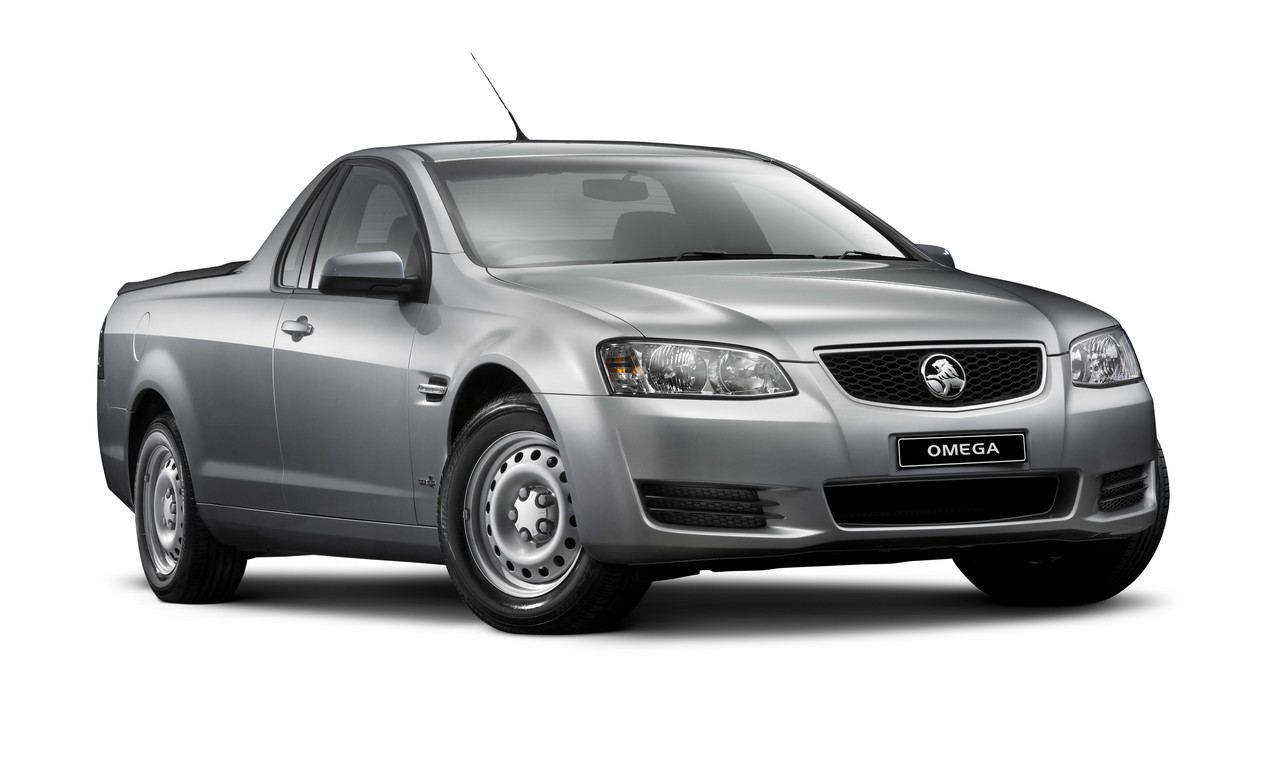 Introduction
Introduction
Manufactured in Port Melbourne, Australia, the Holden LWR ‘Alloytec’ was a dedicated LPG V6 engine that was available from February 2012 and replaced the LW2 dual fuel engine. Within General Motors’ Regular Production Option’ (RPO) system, LWR’ was the code for the dedicated LPG HFV6 engine.
Vapour injection
Based on the 3.6-litre LY7 engine, the LWR had a vapour injection system. The vapour injection system injected gas directly into the air intake runner, thereby preventing excess gas from circulating through the air intake system. Although liquid LPG injection generally produces more power, Holden justified vapour injection on the grounds of lower fuel consumption, lower CO2 emissions, reduced pumping and parasitic losses, and start-up reliability in hot weather.
Developments
Compared to its LW2 dual fuel predecessor, the LWR dedicated LPG engine had:
- Specially hardened valves and valve seats;
- A redesigned cylinder head and manifold for improved air flow;
- Variable exhaust valve timing (the LW2 engine only had variable intake valve timing);
- Specially-developed fuel injectors;
- New pistons with pentroof-style centre-domes and valve eyelets for a higher compression ratio of 12.2:1 (compared to 10.2:1 for the dual fuel engine);
- A new fuel rail; and,
- New LPG fuel filter.
Furthermore, the fuel control system optimised in areas of fuelling, increased spark advance (due to the slower-burning properties of LPG) and cam positioning.
Fuel tank
For the LWR engine, Holden developed a lightweight, 84 litre aluminium tank that was constructed from high-strength, multi-celled, aircraft grade extreuded aluminium with strategically-placed additional aluminium protection plates. Since the tank was positioned aft of the rear axle, the twin-resonator, twin-pipe exhaust system had to be re-routed and the spare wheel was also replaced by a puncture repair kit (i.e. tyre sealant and inflator).
Performance and fuel economy
The dedicated LPG LWR engine produced peak power and torque of 180kW at 6000rpm and 320Nm at 2000rpm. The LWR engine was engine was mated to GM’s six-speed 6L45 automatic transmission and, over the combined ADR 81/02 test cycle, the Commodore Omega achieved fuel consumption of 11.8 L/100 km – an improvement of 1.6 L/100 km compared to its dual fuel LW2 predecessor. Furthermore, the LWR engine exceeded Euro 6 emissions standards.
| RPO | Engine | Peak power | Peak torque | Models | Years |
|---|---|---|---|---|---|
| LWR | 3.6-litre LPG V6 | 180kW at 6000rpm | 320Nm at 2000rpm | VE.II Commodore, VE.II Berlina, VE.II Sportwagon, VE.II Ute, WM.II Caprice |
2012-13 |
| VF Commodore, VF Sportwagon, VF Ute, WN Caprice |
2013-17 |
 Introduction
Introduction

